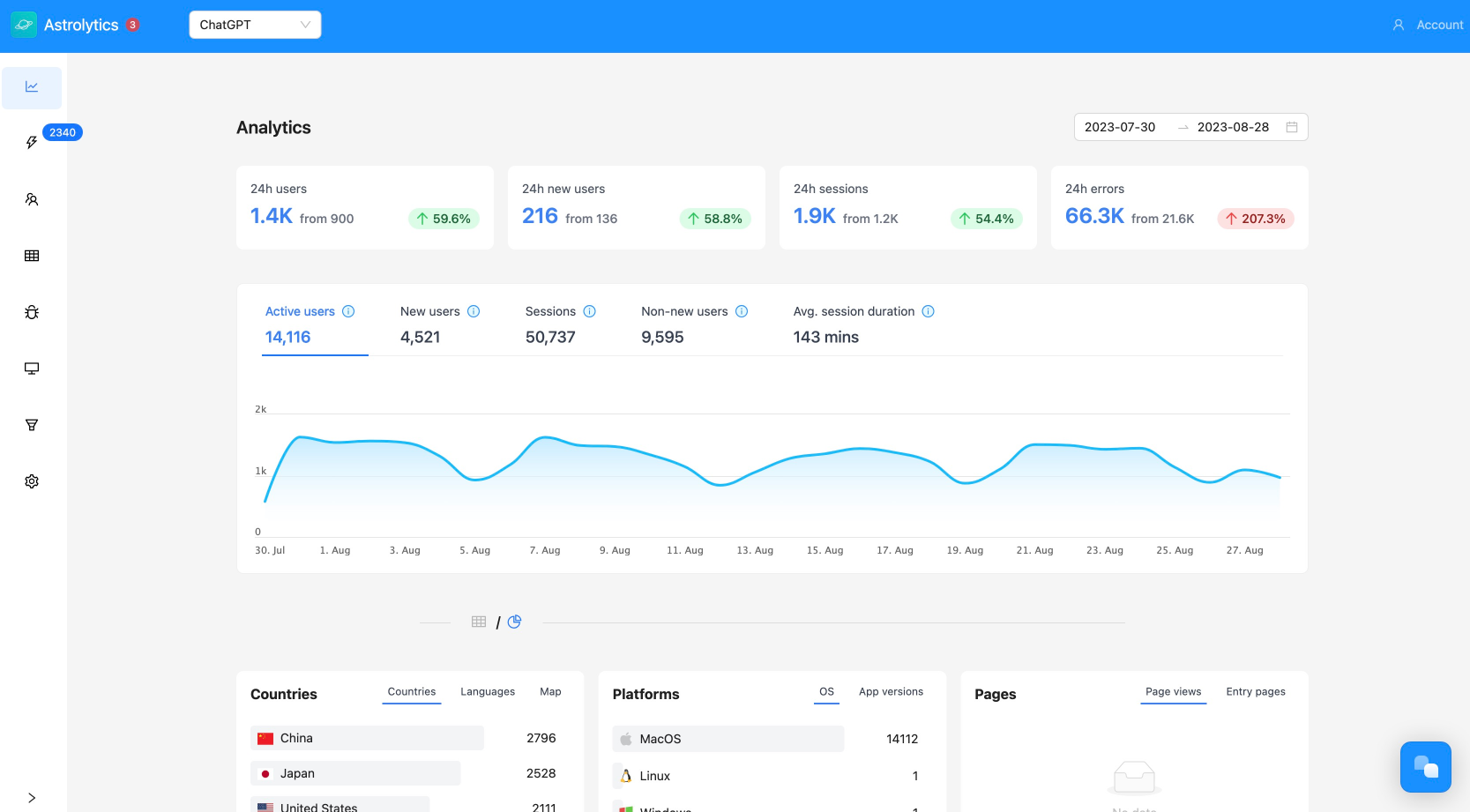August 30, 2023·React Native
The 6 Best React Native UI libraries
We recommend the 6 best and most popular React Native UI library to give your app a great look.

Given the success of our Electron blog of the best UI libraries, we decided to write the same kind of blog but for React Native. So here’s our list of the best UI libraries for React Native.
Tamagui

Tamagui is a React and React Native styling library. It let’s you reuse the same code for both web and mobile, which is pretty much their mantra “write once, run everywhere”. It also has a focus on performance: it ships it’s own compiler to optimize things like JS bundle size, render performance and other things.
✅ Fast.
✅ You can reuse the codebase for the web.
✅ The UI looks really nice and is a modern and well maintained project with an ambitious roadmap.
❌ Steep learning curve (due to learning about the optimizations on top of React).
❌ Doesn’t have a lot of components.
❌ You don’t get much of the cross platform benefit if you’re not planning to reuse the same codebase in web and mobile.
❌ Also not very compatible with atomic css libraries like Nativewind.
Gluestack

gluestack-ui is a universal UI library that provides optionally styled and accessible components. These components are designed for easy integration into applications developed with React and React Native.
As the description says, gluestack is pretty much the same concept as Tamagui. It applies the philosophy of write once, run everywhere.
✅ Fast (though probably not as fast as Tamagui, but still).
✅ Very modern look and well maintained project.
✅ Implements accesibility features out of the box.
✅ Works with both vainilla React as well as Next.js SSR, and obviously React Native.
❌ Could have way more components.
❌ Not very compatible with atomic css libraries like Nativewind.
Overall, it feels very close to Tamagui, but a little behind in features and variety of components.
React Native Elements
If you’re looking for a very minimalistic UI library, RNE is made for you. It features over 30+ component with a very consistent look and feel. Nothing facny, nothing unpredictable.
✅ Easy to get started fast.
✅ Works on web.
❌ Components don’t feel very modern compared to the previous alternatives.
❌ There’s enough components to get you started but could have many more.
React Native Paper
.png?table=block&id=1240dc60-467a-4301-970a-596744a41783&cache=v2)


Paper is a collection of customizable and production-ready components for React Native, following Google’s Material Design guidelines.
✅ A lot of featues and customization while remaining very intuitive.
❎ has tons of components, theme is very customizable.
❌ If you don’t like Material Design style you may not like the components.
React Native UI Lib

RNUILib is a very solid choice. It features over 60 components that look very modern and beautiful.
✅ Large set of components.
✅ The UI is very cool.
✅ Is maintained by the Wix team.
❌ Less customizable compared to React Native Paper.
❌ Maybe not the best choice if you’re planning to reuse your codebase for the Web, compared to Tamagui and Gluestack.
Fluentui
Microsoft has done a wonderful job with their Fluentui design system, and they made it into a React Native library.

✅ Cross platform.
✅ Well maintained, is made by Microsoft.
❎ Beautiful and modern components, if you like the Fluentui design system.
❌ Still in Alpha, not very well tested
❌ Has few components (but progressing at a rapid pace)
These are the top notch libraries for developing React Native UIs. You should definitely chose one of them—it will speed development a lot, and you can always progressively add your own components or migrate to your own design system when you feel the need to.
Ultimately the choice lies in which UI kit you like the most, unless you really need to write once and run everywhere, in which case Tamagui or Gluestack are your best choices.
We also highly recommend using Nativewind if you’re familiar with Tailwindcss. Though not all classes are supported, the most used and important ones are, and you’ll code much faster, as writing css in classes is much less verbose than css-in-js, in my opinion.

